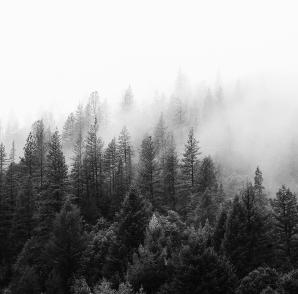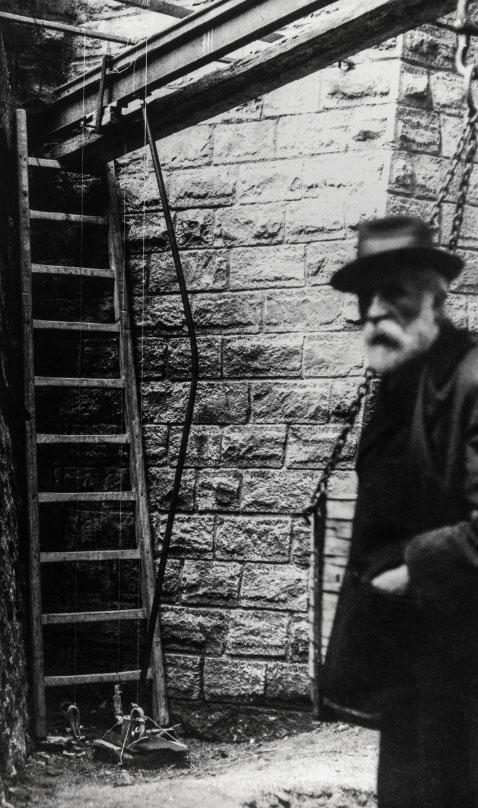
1 minute read
Technological modern style
searching for form
If the 19th century in regards to architecture is sometimes called the century of metal, the 20th century could be called the era of ferroconcrete. Of course, it doesn´t mean, other materials and technologies weren’t used, but reinforced concrete became a medium that signifi cantly formed new architectural conception. The term concrete, as a mixture of the fi lling, binder and water could be found already in ancient Rome. In modern engineering it appears in the last quarter of the 18th century. Today the term concrete should be used for a mixture which uses cement as a binder. Already, gardener Joseph Monier was using reinforced concrete in 1849, respectively mesh covered in cement mortar for fl ower pots. Although he understood the benefi ts of connecting two materials – cement and iron – the fact that he didn´t put the reinforcement into the zone of traction indicates a misunderstanding of basic static rules. Real change was brought by the Belgian François Hennebique, who in 1892 patented the reinforced concrete skeleton. His big contribution consists in a comprehensive solution for the technique: he uses the reinforcement with a round cross-section, which is easier to bend and interconnect, and the whole schema can fi nally work as a monolith, as a construction transferring bending moments from one part to another and therefore able to create an organic, continuous load-bearing system. Thanks to this novelty, the system could be applied to the whole spectrum of buildings. From the beginning was the concrete covered and its esthetics were only very slowly winning people’s minds. After a while freeformed and more poetical constructions and forms appeared with concrete as a molded material. Its art potential and a full application was recognized after the world wars, but some authors were already aware of its qualities during the in-between world wars period. One of them was Spanish structural engineer Eduardo Torroja.
Advertisement









